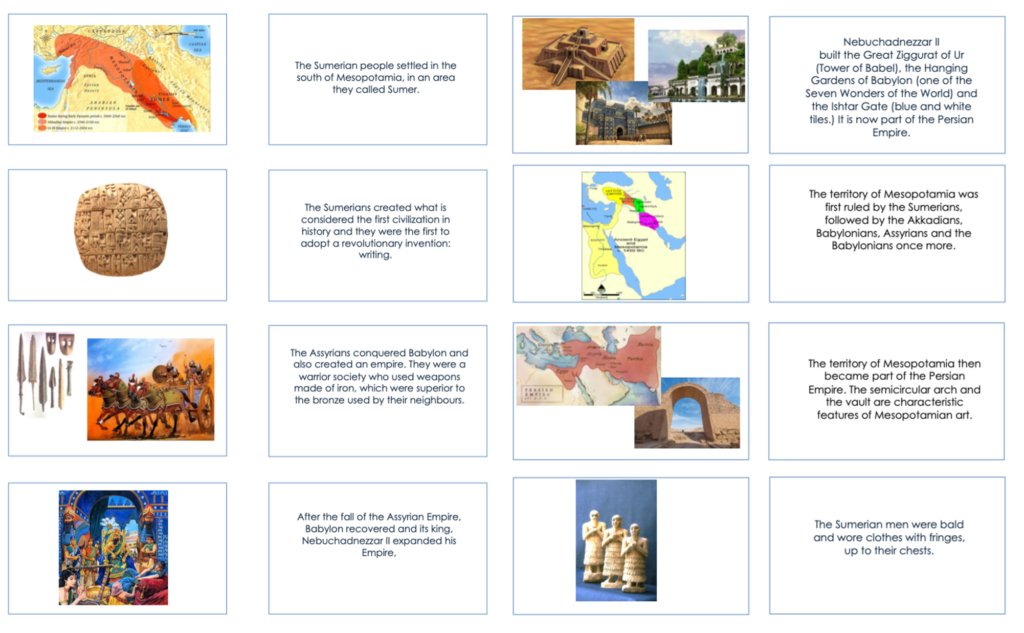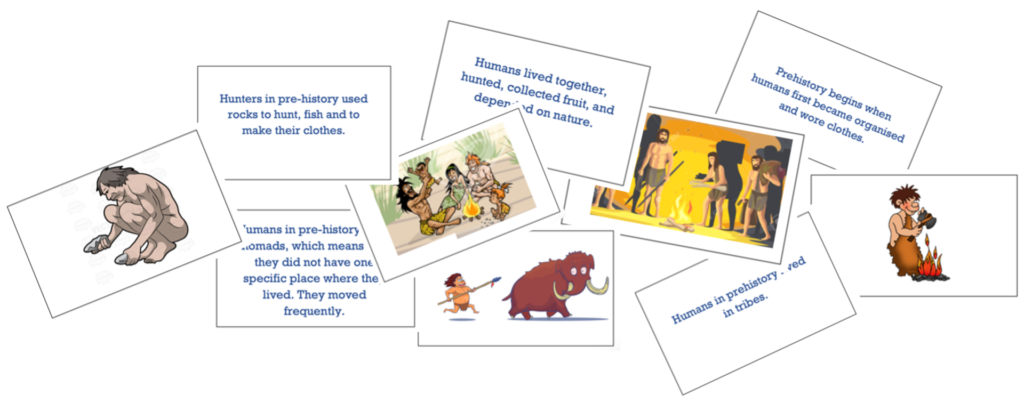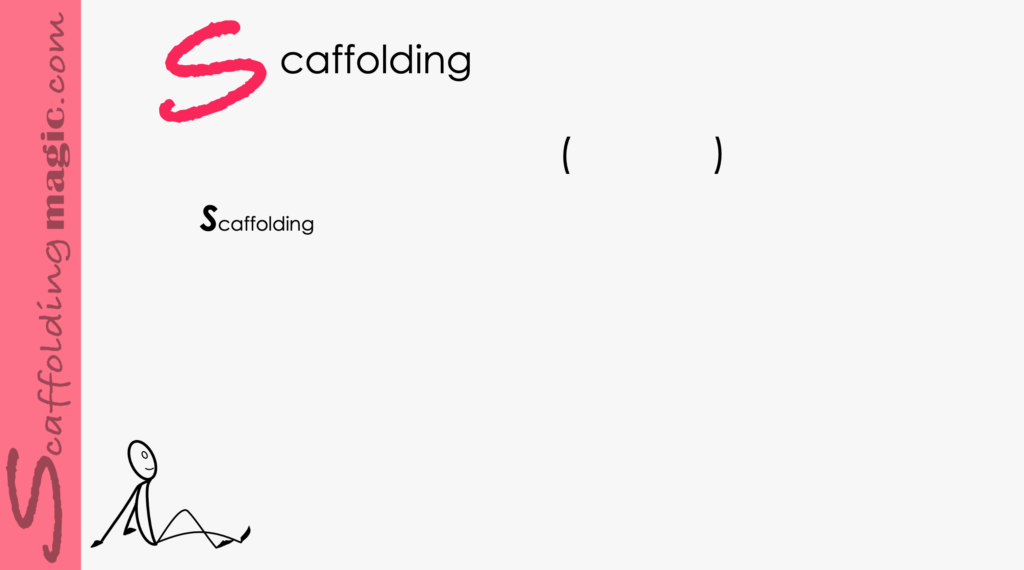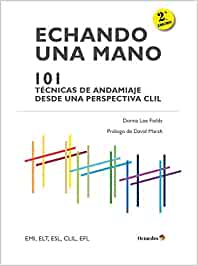You caught a beauty!!!
Download PDF of scaffold here.

Download PDF of scaffold here.
theory behind scaffold…
We all know by now (pretend that you do, even if you don’t!!!) that teaching critical thinking is a never-ending job. Critical thinking strategies are domain sensitive, which simply means that a strategy that works in art may not work in history, and a strategy that works debating an issue may not work in figuring out how to outmaneuver an opponent in lacrosse.
Critical thinking strategies are also intricately tied to culture. The following is a fascinating study of students that elucidates this connection:
- A group of Chinese students along with a group of North American students were given an exam with problems to resolve based on a version of Hansel and Gretel most familiar to North American children.
- Seventy-five percent of the American students were successful in reaching a solution to the problems, while only 20% of the Chinese students presented appropriate conclusions.
- The two groups were then given an exam with problems based on a version of the same folk tale most often presented in China. In this case, the percentage of students from each culture who reached successful solutions was diametrically reversed.
- The conclusion reached in the study, was that the polarity in scores resulted from the students’ ability to more rapidly process the details of the versions of the story they were most familiar with – the objects referred to, the reactions to circumstances in the plot, the dialogue of the characters, the subtleties of responses, etc.*
The studies expound on the subject, concluding that critical thinking strategies can become embedded in our consciousness the more we are exposed to them. In other words, the more opportunities we give our students to use them, the more successful they become in viewing situations from many angles and on many levels.
So what can we do? Well, instead following our first instinct and throwing up our hands, thinking that the task is so vast that we might as well not even begin, we instead take every opportunity to expand our practice. Whenever possible, broaden the variety of strategies we use in our classroom activities so that when our students go out into the world, they are more prepared – all because of the extra effort we put into our lessons.
We add to this repetition. As was illustrated in the scenario above with the Chinese and North American students, repetition of knowledge is essential in the likelihood of assimilating strategies more deeply. Successful problem-solving many times results from simply repeated exposure to varied strategies.
In this scaffold, students have the opportunity to develop their linguistic and visual skills as they negotiate connections between text and images. They also interact with the information through temporal and grammatical transformations, as well as bodily-kinesthetic interplay.
step by step…
- Choose 10-15 short paragraphs (or sentence clusters) from the unit you’re about to begin and place them into the template.
- Choose an image that represents each of the sentence clusters – either from the textbook itself or from other sources – and place them in the template as well.

3. Make sets of these Mini- Cards for each pair of students. Cut up the Mini-Cards separately, mix them up, and give one complete set to each pair of students.

- Students work together in the following way:
- Match the sentences with the image (remind them that there is no one correct answer, but only answers that can be justified).
- Read the sentence clusters aloud.
- Describe the images with as much detail as possible
- Formative Assessment/Reflection: Students write the answers to the following questions from the Question Continuum. (Remember, some questions reflect content and others reflect methodology, thus augmenting self-efficacy.)

- Were the lands known as Sumer conquered many times by many different civilisations?
- Which texts did you find most challenging in matching the images?
- Who now occupies ancient Sumer?
- When did the Hanging Gardens of Baylon exist in what was eventually called Persia?
- Where did humans wander as nomads?
- What is the reason for different civilisations wanting to conquer other lands?
- How did you negotiate matching images and texts with your partner?
- Why is it important to know ancient history?
- What if you could live during one of the periods in the lands now known as Iran. Which time would you choose and what is so attractive about that civilisation, period in time, culture, etc.?
video explanation of scaffold…
find more scaffolds here…


Scaffoldingmagic.com is your entryway into DYNAMIC bilingual learning methodologies, such as Phenomenon-Based Learning, CLIL, EMI, and ESL. You’ll find ways to implement critical thinking tools (DOK) to promote higher level thinking, the growth mindset, instill an ethic of excellence, deep reflection on learning, and all through multi-cultural, interdisciplinary activities. We have the keys to turning competences into action and to creating collective efficacy in your school so you move ahead as a unified, enthusiastic team.






